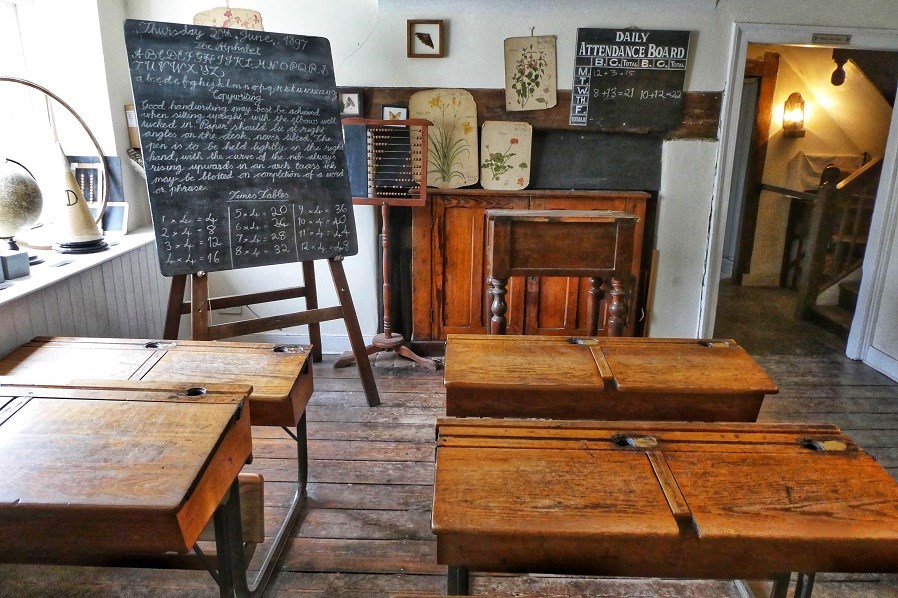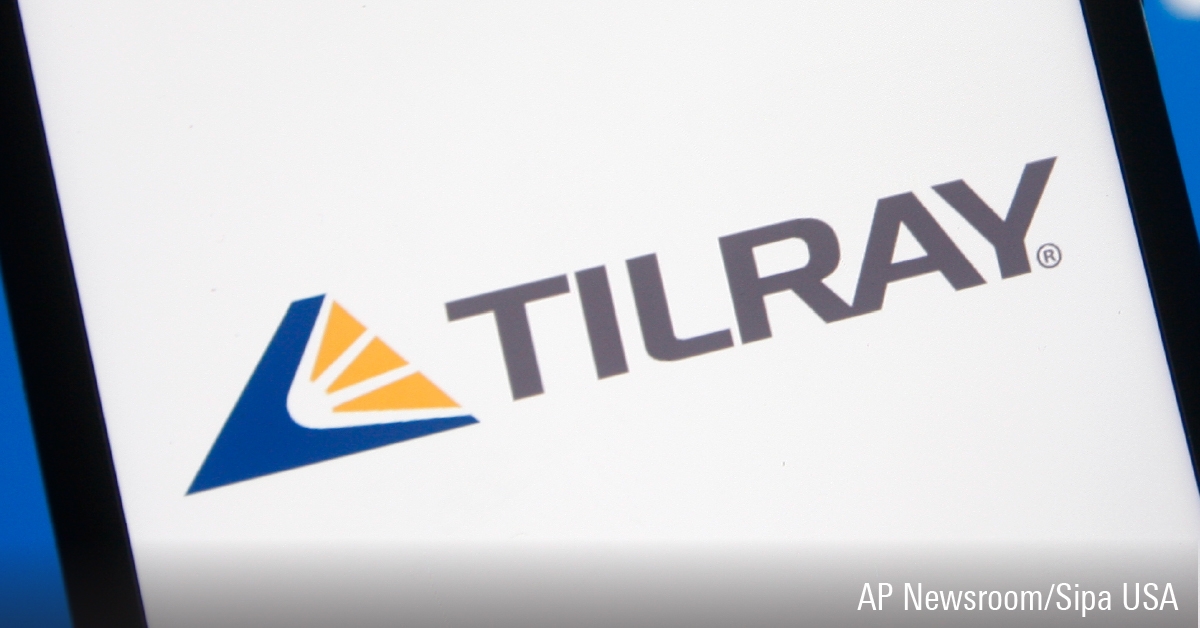
You might call the registered education savings plan the forgotten tax-sheltered account. Only 53% of parents have opened an RESP, according to a 2015 survey by the Chartered Professional Accountants of Canada, which means many people are not specifically saving for their child's post-secondary education.
But even if they are putting money into an RESP, they're probably not investing in it properly. Why? Because many of these accounts sit at a bank and are not overseen by an investment advisor. "I'm amazed at how often an RESP becomes dead money," says Jason Heath, managing director at Objective Financial Partners in Markham, Ont. "It's not really invested and not managed well and that's worrisome."
Part of the problem is that there's simply not enough RESP-related advice out there. These accounts are usually much smaller than an RRSP -- you can put in only $50,000 per child over the lifetime of the account, plus a maximum $7,200 government match -- so advisors don't push for them. But RESPs can see significant growth, with many accounts exceeding $100,000 by withdrawal time, says Heath. So what mistakes are people making and how can you avoid them?
Being inconsistent with their risk tolerance
One mistake people make is being too conservative with an RESP. They think that because they have only about 20 years to invest, they should be more heavily weighted to bonds right from the start. However, many people don't realize that an RESP can stay open for 35 years after it's created, giving people more time to decide where to go to school. Even if your child does go to university at the more traditional age, two decades is still a long time, says Heath. In fact, people should approach an RESP the same way they do an RRSP. If you're more heavily weighted to stocks, then stick with equities in the RESP. If you can't stomach big losses in an RRSP, then you should stay conservative in your other accounts.
Your asset allocation should be similar as well, at least for the first 15 years, says Ed Rempel, a fee-only financial planner. An investor who has 80% of her money in stocks and 20% in bonds in her RRSP should do the same in her RESP. Where it differs, though, is when the investor is five years away from withdrawing. Since there is a finite withdrawal date -- the end of your child’s post-secondary education -- and by then you should know how much you'll need, you should move a much larger portion of those funds into more stable fixed-income assets. Don't move all of it over, though -- some growth is still good.
Not thinking about how much you'll need
Unlike retirement, it's fairly easy to figure out how much school costs. Just look it up. Yet, many people save either too little or too much in their RESP, says Heath. Many experts say to just deposit $2,500 annually in order to receive the maximum government top-up of $500 a year, but others say to keep it growing because any excess investment earnings, up to $50,000 and minus the government grant top-up, can be transferred to an RRSP tax-free. If you think your child will need all the money, though, keep funding that RESP because any withdrawals are taxed in the child's hands.
In any case, it's a good idea to figure out how much you'll need to save, says Rempel. Add up tuition, books and housing, which could be a pretty penny. Do the calculation, account for some inflation growth and then try and hit that target. Also ask yourself if you want to cover the entire cost of school, says Ted Rechtshaffen, president and CEO of Toronto's TriDelta Financial. He's going to make his three kids pay for 20% of their education costs, while he'll cover the rest. In any case, expect a 5% to 7% annualized return today, he says, not unlike what you might get in your RRSP.
Not investing in the right products
RESP investors need growth, but they don't need shoot-the-lights-out growth, says Rechtshaffen, so it makes sense to hold well diversified investments. He favours exchange-traded funds that track broad indexes, at a low cost. As well, RESPs often start off small, which can make it more difficult to invest in certain securities such as individual stocks. While you don't want to ignore the account, you also don't want to spend too much time worrying about it.
Rechtshaffen suggests owning the basics: an S&P 500 ETF, one that tracks the S&P/TSX Composite Index, and so on. A "couch potato portfolio" that includes about four ETFs (Canadian, American, international and emerging market) could be enough. Dividend-paying investments also work well in these accounts, because the income can grow tax-free. "These are long-term high-yielding stocks with reasonably low volatility," he says about dividend equity. "Try not to overthink it."
Investing too heavily in bonds
Another common mistake people make is that they put too much of their RESP money in fixed income as their oldest child closes in on university. In many cases, people use family RESPs that allow them to save money for all of their kids in one place. Even though that money is in a single account, you need to think of it as three separate buckets of money. Put all of it into bonds and your youngest child's contributions won't grow.
Rechtshaffen uses the example of someone who has all of his money invested in equities, but needs to reduce some of that allocation when his oldest is 15. He might then cut that equity allocation in half, but he shouldn't do that to the entire portfolio. "If you have three kids, only one-sixth of that portfolio needs to be more conservative," he says. "The biggest problem to me is that people get too scared about an RESP and then miss out on growth."




















